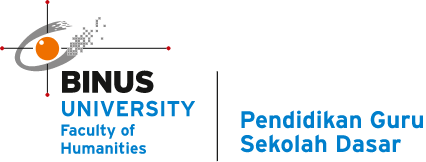The Dichotomy of Problem Solving and Exercise in Mathematics Education
In mathematics education’s vast and intricate landscape, two terms often emerge, casting shadows of ambiguity for many: “Problem-Solving” and “Exercise.” They might appear as two sides of the same coin at a cursory glance. However, delve more deeply, and the chasm between them becomes palpable. This article embarks on a journey to demystify these terms, shedding light on their unique attributes, their roles in the pedagogical sphere, and the profound impact they wield on a student’s mathematical journey.
1. Foundations and Definitions
Problem Solving: Picture this – a labyrinthine maze with twists, turns, and dead ends. Navigating it requires wit, intuition, and a dash of creativity. That is problem-solving in the realm of mathematics. It is about confronting unfamiliar challenges where the path to resolution cannot be more linear. Instead, it beckons students to weave together various mathematical strands, sometimes venturing into the unknown and often revelling in the ‘eureka’ moments of discovery.
For instance, ponder this: “A clock’s minute hand has moved 300°. How many hours has it been?” This is not a straightforward arithmetic query. It demands an understanding of the relationship between degrees and time.
Exercise: In contrast, exercises are the well-trodden paths. They are the repeated drills, the practice runs, designed to reinforce and consolidate previously acquired knowledge. They are predictable, often formulaic, but crucial in cementing foundational concepts.
Consider this: “Solve for x: 2x + 5 = 11.” This is an exercise. It is direct, testing a student’s understanding of basic algebraic manipulation.
2. The Underlying Purpose
Problem Solving: At its core, problem-solving celebrates the unknown. It is about fostering resilience, adaptability, and a genuine passion for mathematics. When students grapple with complex problems, they are not just seeking solutions but honing critical thinking, embracing diverse strategies, and learning the art of perseverance.
Exercise: While exercises might lack the allure of intricate problems, their significance is undeniable. They serve as the building blocks, ensuring students attain mathematical fluency. They are the stepping stones enabling students to ascend to greater mathematical heights.
3. Implications in the Classroom
The interplay between problem-solving and exercises is akin to a delicate dance, each complementing the other in the classroom.
Problem Solving: Introducing problem-solving in the classroom is akin to igniting sparks of curiosity. It encourages collaborative learning, promotes healthy debates, and fosters an environment where mistakes are viewed as learning opportunities. It is where abstract concepts come alive, bridging the gap between theory and real-world application.
Exercise: Meanwhile, exercises ensure that these sparks do not fizzle out. Regular, structured practice fortifies conceptual understanding, ensuring that students are well-equipped to tackle the challenges that problem-solving presents. They provide the routine, the discipline, and the rigour – indispensable elements in any mathematical journey.
4. Real-world Analogies
Think of problem-solving as the grand expeditions explorers undertake, charting unknown territories, facing unforeseen challenges, and making groundbreaking discoveries. On the other hand, exercises are the preparations before these expeditions – the map reading, the equipment checks, and the drills. Both are vital. One can only embark on an expedition with thorough preparation; the preparations alone do not constitute exploration.
Conclusion
In the grand tapestry of mathematics education, problem-solving and exercises are not mere threads but vibrant colours that bring the canvas to life. While they serve distinct purposes, their end goal converges: to nurture a deep, unwavering love for mathematics, to equip students with the skills they need to navigate the mathematical challenges of the world and to foster minds that think critically, reason logically, and view challenges as opportunities for growth.
In the words of the eminent mathematician George Pólya, “Mathematics is not a careful march down a well-cleared highway, but a journey into a strange wilderness, where the explorers often get lost.” It is the harmonious blend of problem-solving and exercises that ensures this journey is not just enlightening but also immensely rewarding.
